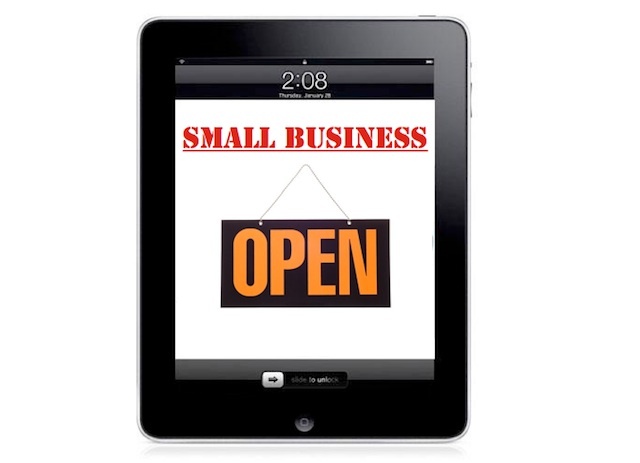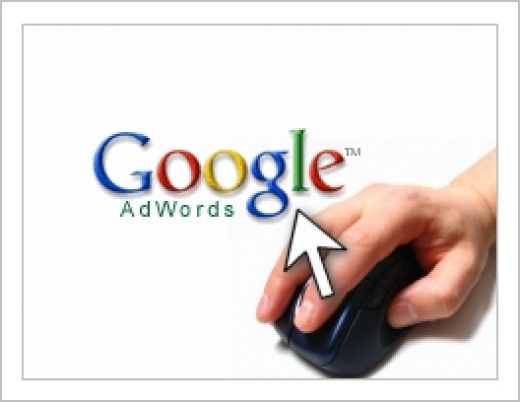Display ads can go up and down quite frequently in regard to their performance, but they still remain a very well used form of advertising. As we have all seen for a while now, Google and Facebook have long battled it out for the top name in display advertising. They have both proven very successful when trusted with display ad campaigns, and can both be seen all over the web. An eMarketer article shows both results and predictions relating to the state of this display ad fight for the top. EMarketer has predicted that Google will soon be the top name in display ads once again, even though it already is.
No, that sentence does not make sense at all, but what eMarketer has actually predicted is that Google will steadily increase in net US ad revenue over the next few years, including this year, gaining a prominent lead over Facebook. For this year, eMarketer has predicted that Google will account for 15.4% of the total display ad revenues, while Facebook will come in at 14.4% which is only .3% over their total share of net revenues from last year. However, last year Google only accounted for 13.5% of the net ad revenues in the US, bringing it up almost 2% in a year. By 2014, eMarketer expects that Google will have reached 21.2% of the net US ad revenue, and Facebook will have only made it to 15.5%.
So, it seems that eMarketer has put their faith in Google for the next few years. Facebook’s display marketing efforts are gaining credibility too slowly for them to be on top much longer, so it makes sense that Google would do so much better for this year and the next two to come. In general, though, the display market is expected to improve greatly. Here is eMarketer’s prediction for the display ad market overall:
This year, the overall US display ad market will grow 21.5% to $14.98 billion from $12.33 billion in 2011, eMarketer estimates, driven by the expansion of both Google and Facebook as advertising platforms; the continued health of banner spending due to the expansion of inventory, aided by mobile growth; and increased spending on digital video advertising, especially YouTube.
So, with the display ad market doing well over the next few years, the only hard decision will be deciding who to trust with your advertising campaigns; Google or Facebook? The simple facts are that by 2014, Google is expected to be bringing in an annual digital display ad revenue of somewhere near $4.39 billion dollars. Facebook however, will only be bringing in about $3.2 billion in ad revenue by the same year. Both ad companies are quite successful right now, and they will remain that way over the next few years. However, the predictions from eMarketer show that marketers may want to lean toward Google, as they show a steady and sufficient increase. It will be interesting to see the twists and turns that this race takes along the way that could potentially change what eMarketer has to say about the subject.





















